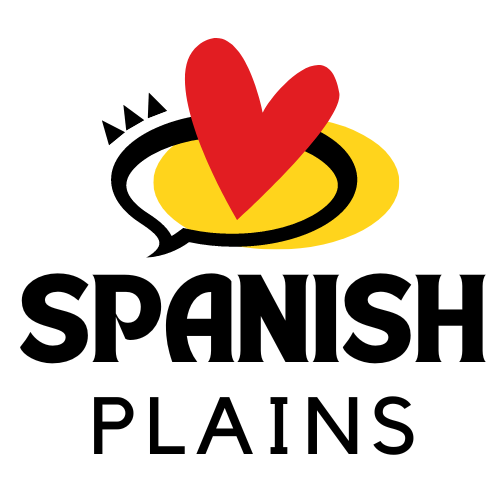Introduction
Valencia, a beautiful city located on the southeastern coast of Spain, is renowned for its vibrant culture and rich history. Steeped in tradition and brimming with life, Valencia offers a unique blend of modernity and tradition that captivates both locals and visitors alike. From its stunning architecture to its delectable cuisine and lively festivals, Valencia has something for everyone to enjoy.
The Historical Charm of Valencia
Valencia’s history dates back to Roman times, and remnants of its past are scattered throughout the city. The old town, known as Ciutat Vella, is a maze of narrow streets and picturesque squares that are a delight to explore. You can wander through the ancient Silk Exchange, a UNESCO World Heritage Site, or admire the awe-inspiring Valencia Cathedral, which is home to the Holy Grail. The city’s history comes alive as you stroll through the streets and marvel at the beautifully preserved architecture.
Cuisine: A Gastronomic Paradise
Valencia is often regarded as the birthplace of paella, one of Spain’s most iconic dishes. The region’s fertile lands yield an abundance of fresh ingredients, including rice, seafood, and vegetables, which are the main components of this delicious rice dish. Enjoying an authentic paella in one of Valencia’s traditional restaurants is an absolute must for any food lover. In addition to paella, the city offers a wide range of tapas, cured meats, and regional delicacies, ensuring that every meal is a feast for the senses.
Festivals and Celebrations
Valencia is famous for its vibrant festivals that attract visitors from all over the world. The most renowned celebration is Las Fallas, a week-long fiesta held in March. During this time, the city is transformed into an artistic wonderland, with elaborate statues known as fallas displayed throughout the streets. The festival culminates in the spectacular “La Nit de la Cremà,” where the fallas are set on fire, creating a breathtaking spectacle of lights and flames.
In addition to Las Fallas, visitors can also experience the vibrant atmosphere of the Valencia Holy Week, where religious processions fill the streets, or immerse themselves in the colorful La Tomatina festival, where participants engage in a massive tomato fight. The city’s festivals truly showcase the lively spirit and zest for life that Valencia is known for.
FAQs
What is the best time to visit Valencia?
The best time to visit Valencia is during spring (April to June) and autumn (September to November) as the weather is mild and pleasant. However, if you wish to witness the grandeur of Las Fallas festival, plan your trip in March.
How do I get around in Valencia?
Valencia has an excellent public transportation system, including buses, trams, and metro lines, making it convenient to explore the city. Renting a bicycle is another popular option, as Valencia has a well-connected network of bike lanes.
What are the must-visit attractions in Valencia?
Apart from the historical sites mentioned earlier, some must-visit attractions in Valencia include the futuristic City of Arts and Sciences, the beautiful Turia Gardens, and the bustling Central Market, where you can indulge in local produce and delicacies.
Is Valencia a family-friendly destination?
Absolutely! Valencia offers plenty of family-friendly activities, such as visiting the Bioparc Valencia, an immersive zoo experience, or spending a day at the sandy beaches of Playa Malvarrosa. The Oceanografic, Europe’s largest aquarium, is also a hit with visitors of all ages.
What are some other nearby destinations worth exploring?
If you have extra time, consider exploring the nearby towns of Albufera, known for its picturesque lagoon and delicious rice dishes, or the charming coastal city of Alicante. Both offer unique experiences and are easily accessible from Valencia.
